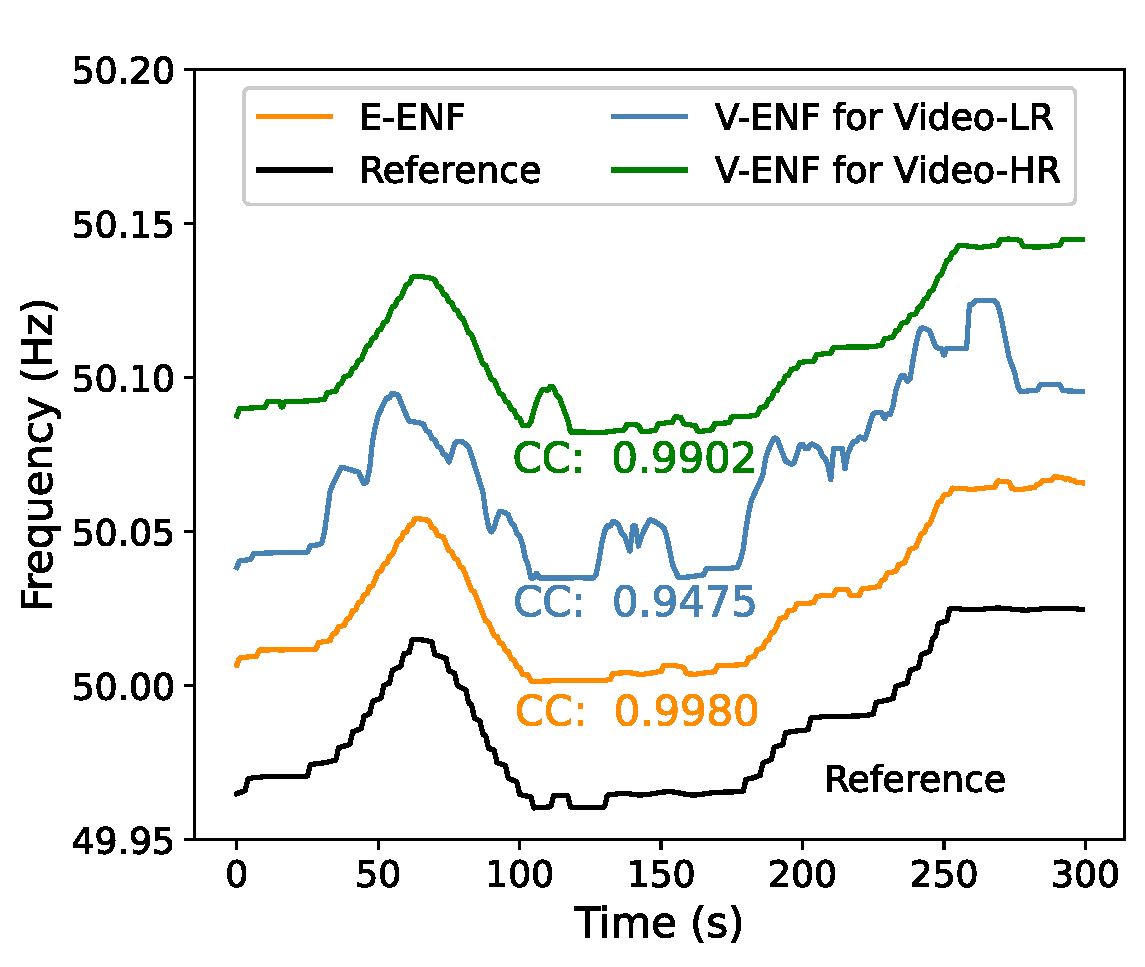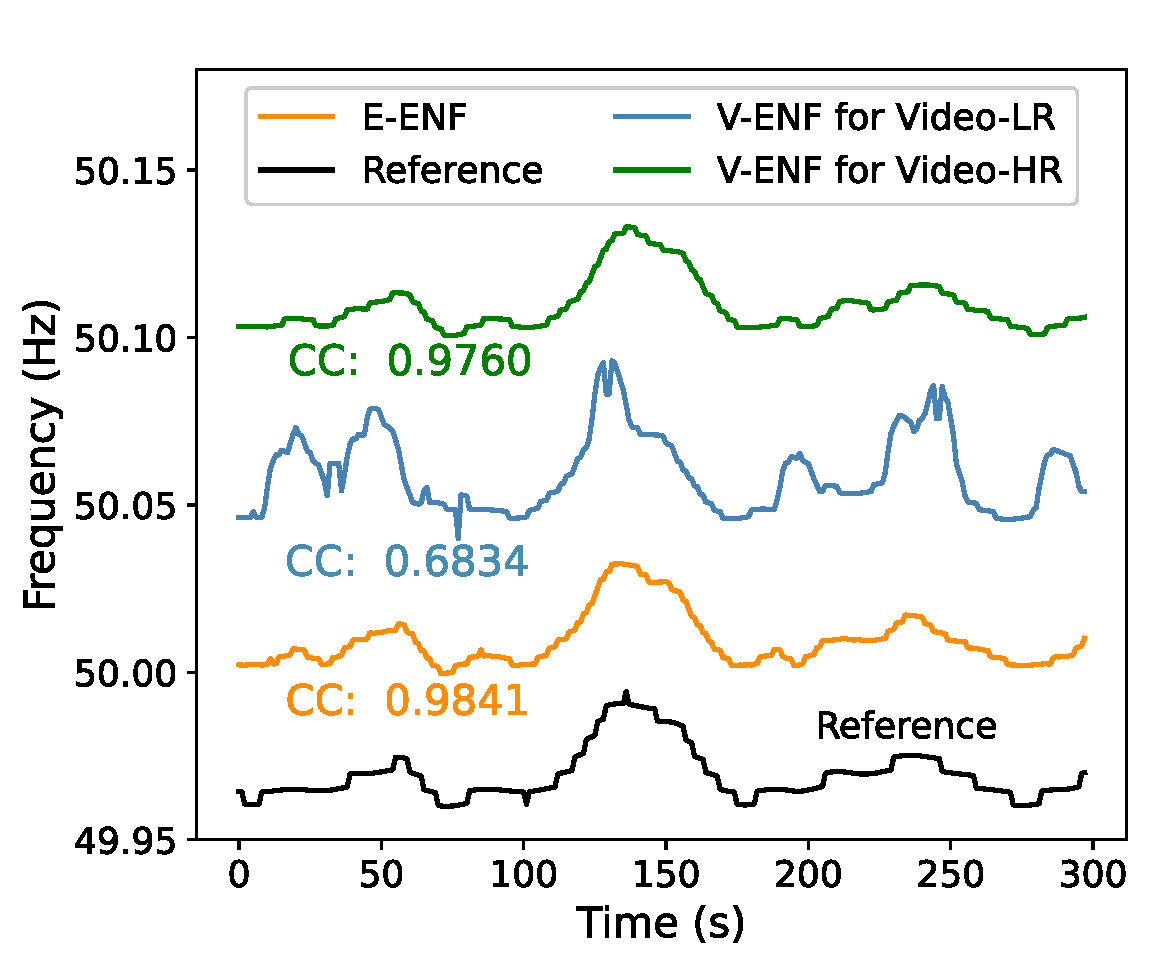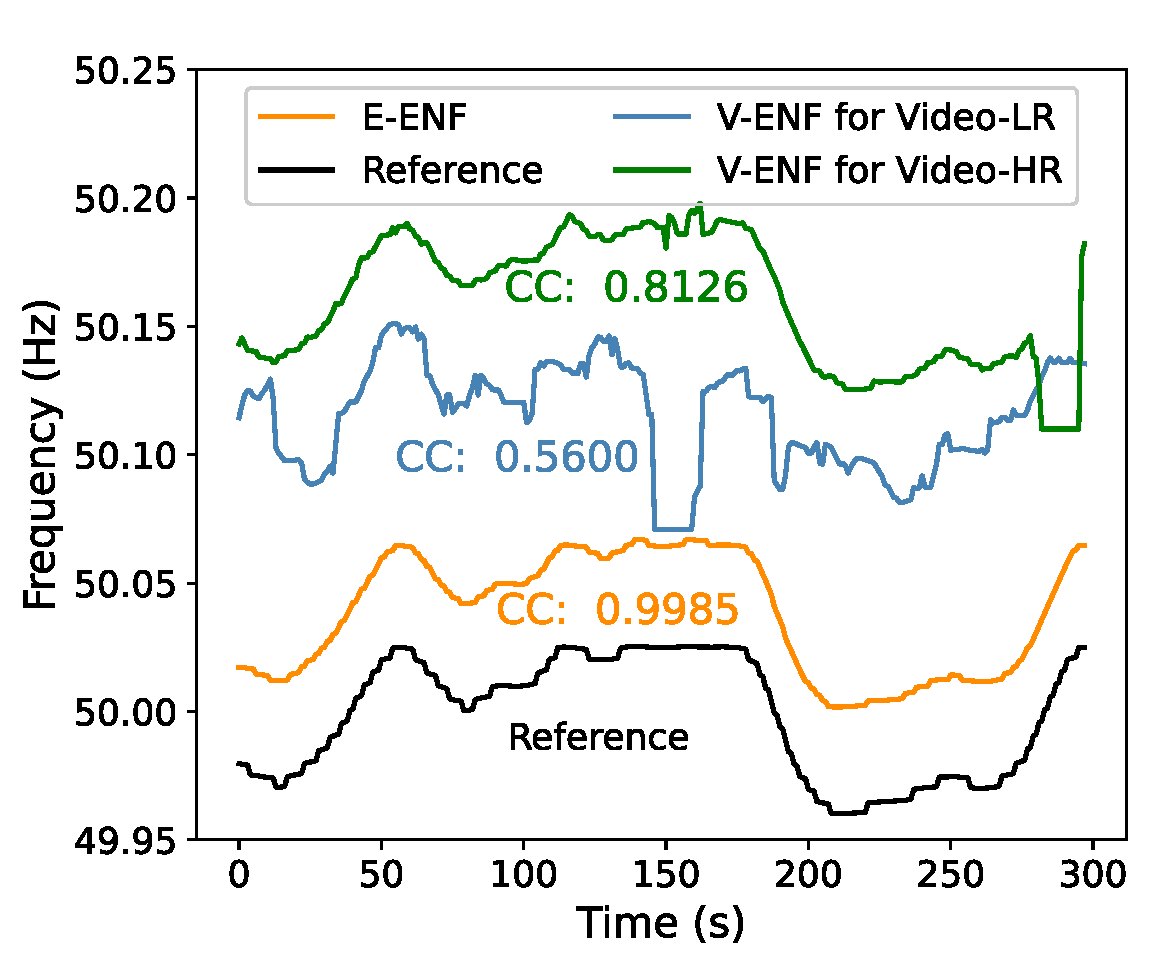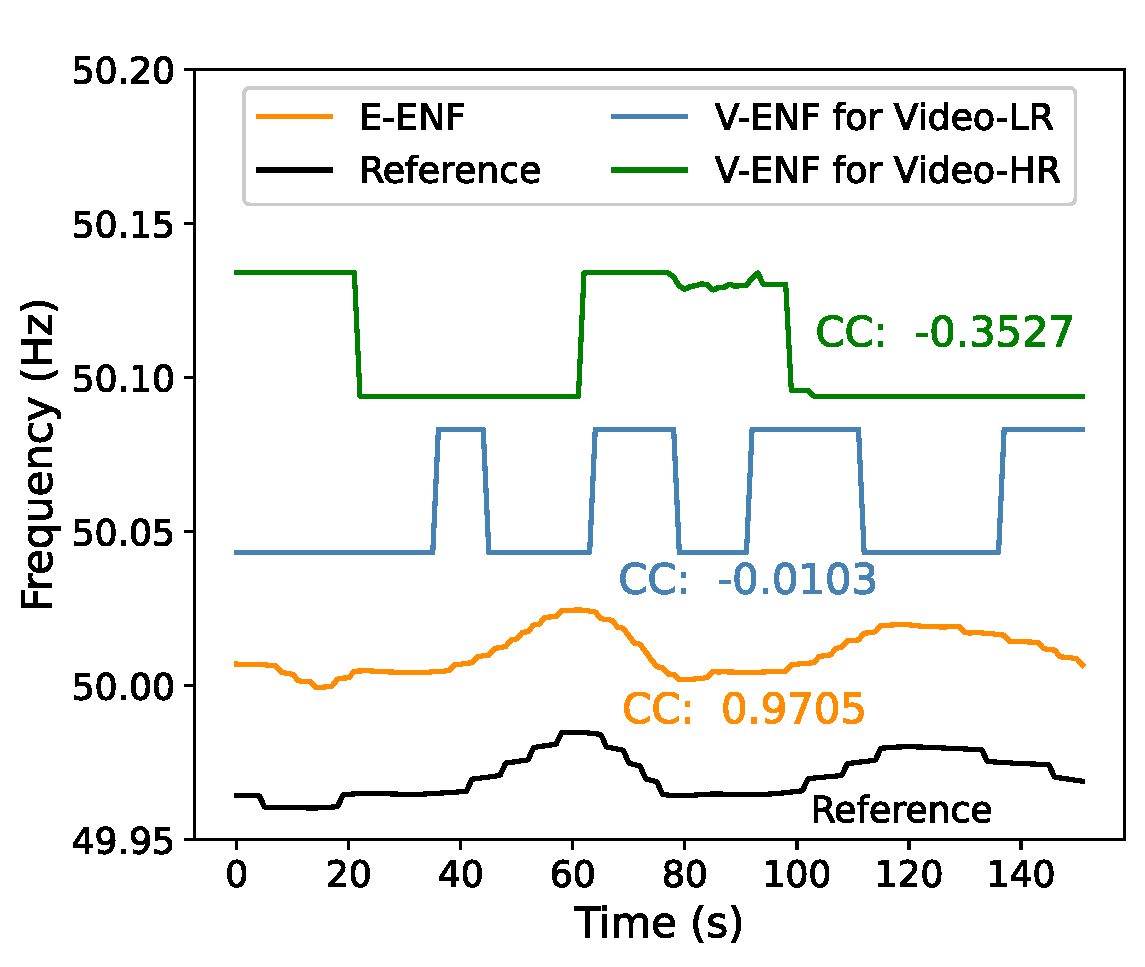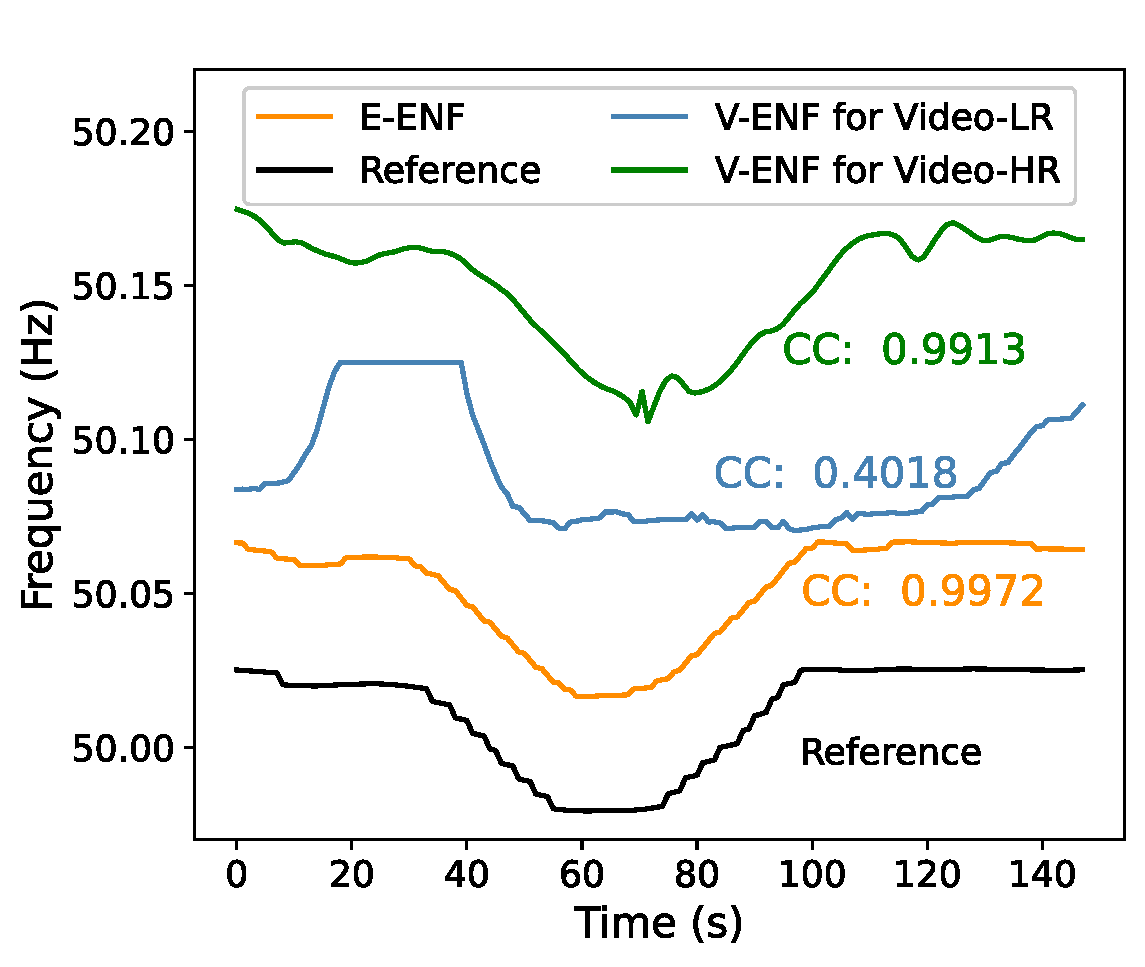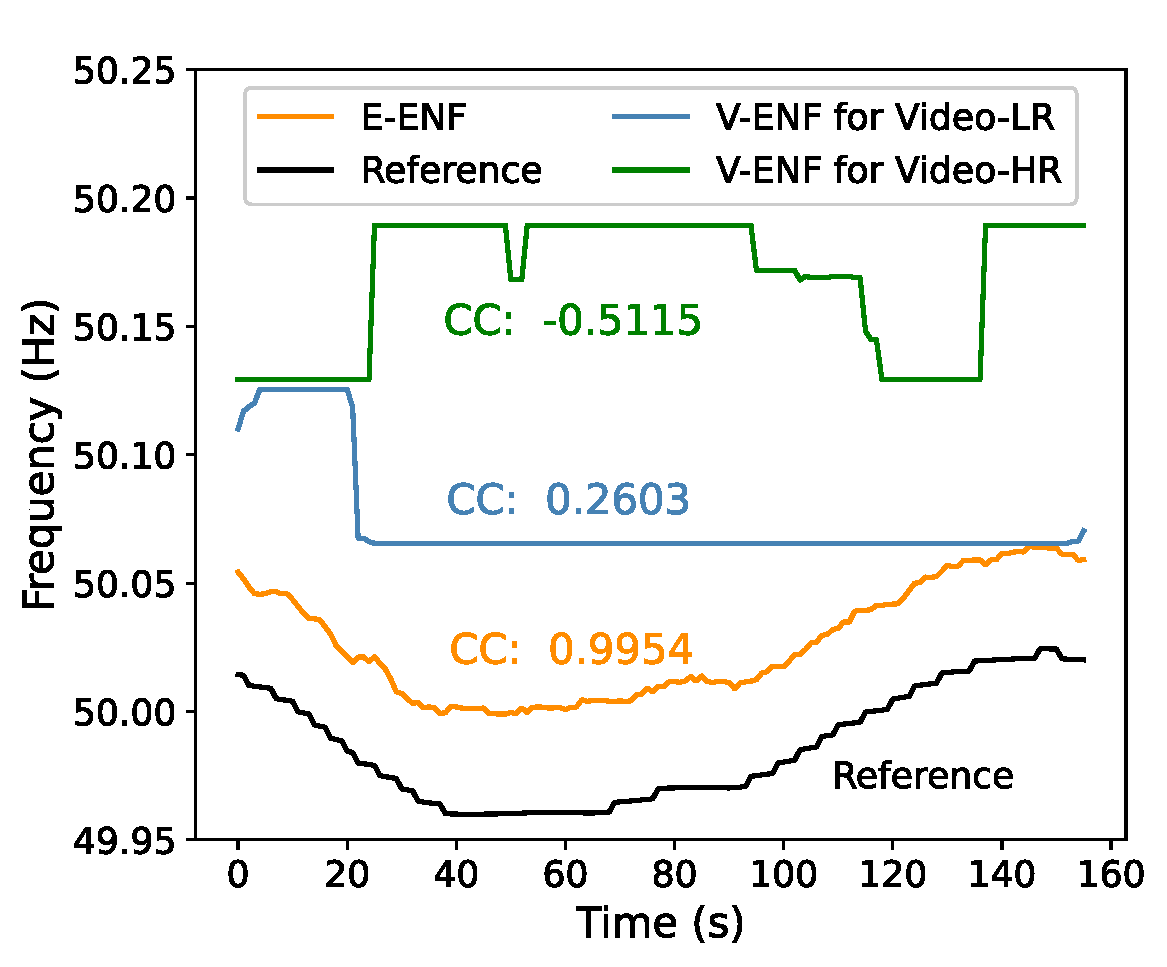[1] Ravi Garg, Avinash L. Varna, Adi Hajj-Ahmad, and Min Wu.
“Seeing” ENF: Power-Signature-Based Timestamp for Digital
Multimedia via Optical Sensing and Signal Processing.
IEEE Transactions on Information Forensics and Security,
8(9):1417–1432, 2013.
[2] Saffet Vatansever, Ahmet Emir Dirik, and Nasir Memon.
Analysis of rolling shutter effect on ENF-based video forensics.
IEEE Transactions on Information Forensics and Security,
14(9):2262–2275, 2019.
[3] Guang Hua, Han Liao, Haijian Zhang, Dengpan Ye, and Jiayi
Ma. Robust ENF Estimation Based on Harmonic Enhancement
and Maximum Weight Clique. IEEE Transactions on
Information Forensics and Security, 16:3874–3887, 2021.
[4] Mark Sheinin, Yoav Y Schechner, and Kiriakos N Kutulakos.
Computational Imaging on the Electric Grid. In Proceedings
of the IEEE Conference on Computer Vision and Pattern
Recognition, pages 6437–6446, 2017.
[5] Guillermo Gallego, Tobi Delbrück, Garrick Orchard, Chiara
Bartolozzi, Brian Taba, Andrea Censi, Stefan Leutenegger,
Andrew J Davison, Jörg Conradt, Kostas Daniilidis, et al.
Event-based vision: A survey. IEEE transactions on pattern
analysis and machine intelligence, 44(1):154–180, 2020.
[6] Wei Liao, Xiang Zhang, Lei Yu, Shijie Lin, Wen Yang,
and Ning Qiao. Synthetic Aperture Imaging With Events
and Frames. In Proceedings of the IEEE/CVF Conference
on Computer Vision and Pattern Recognition, pages 17735–
17744, 2022.





















































